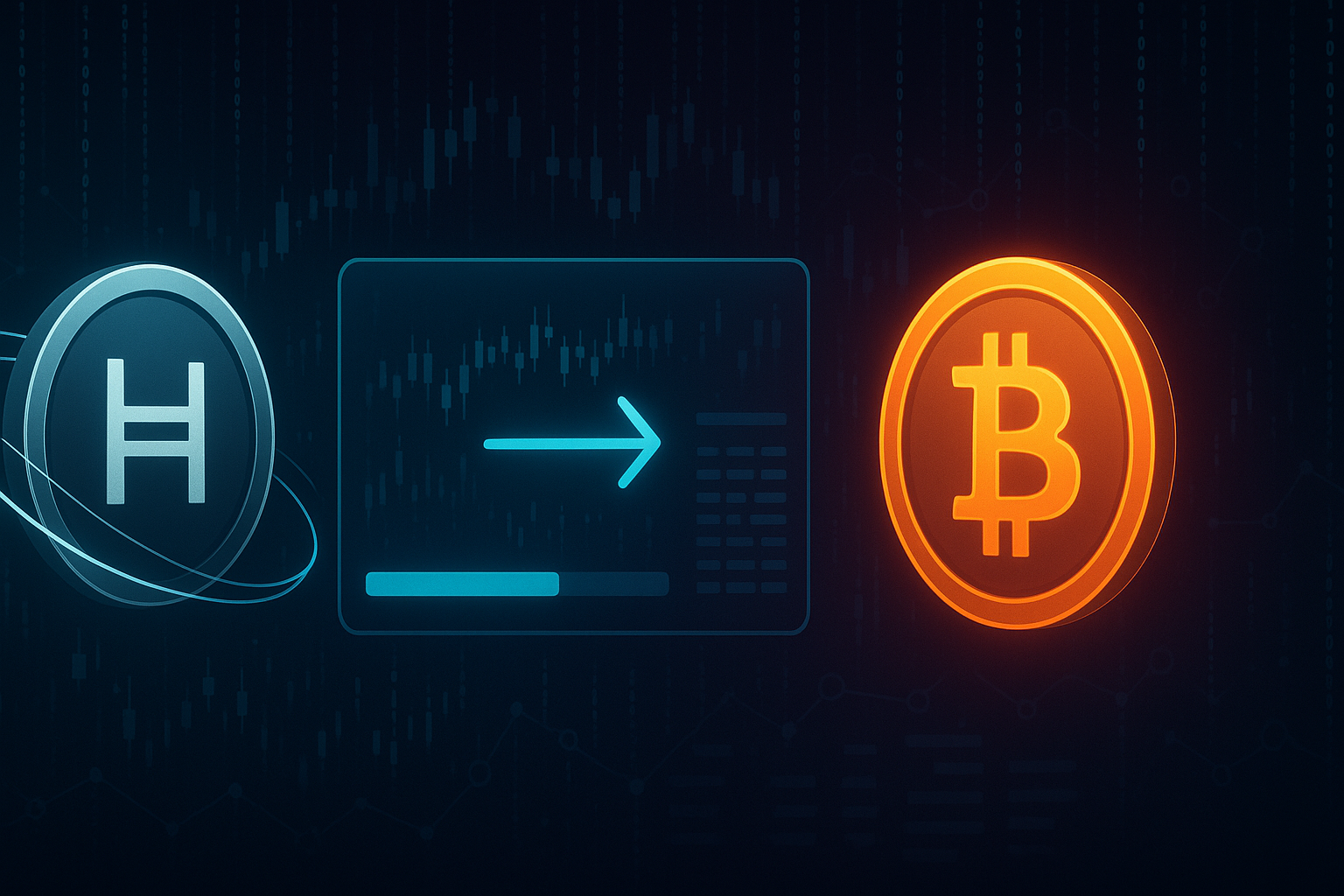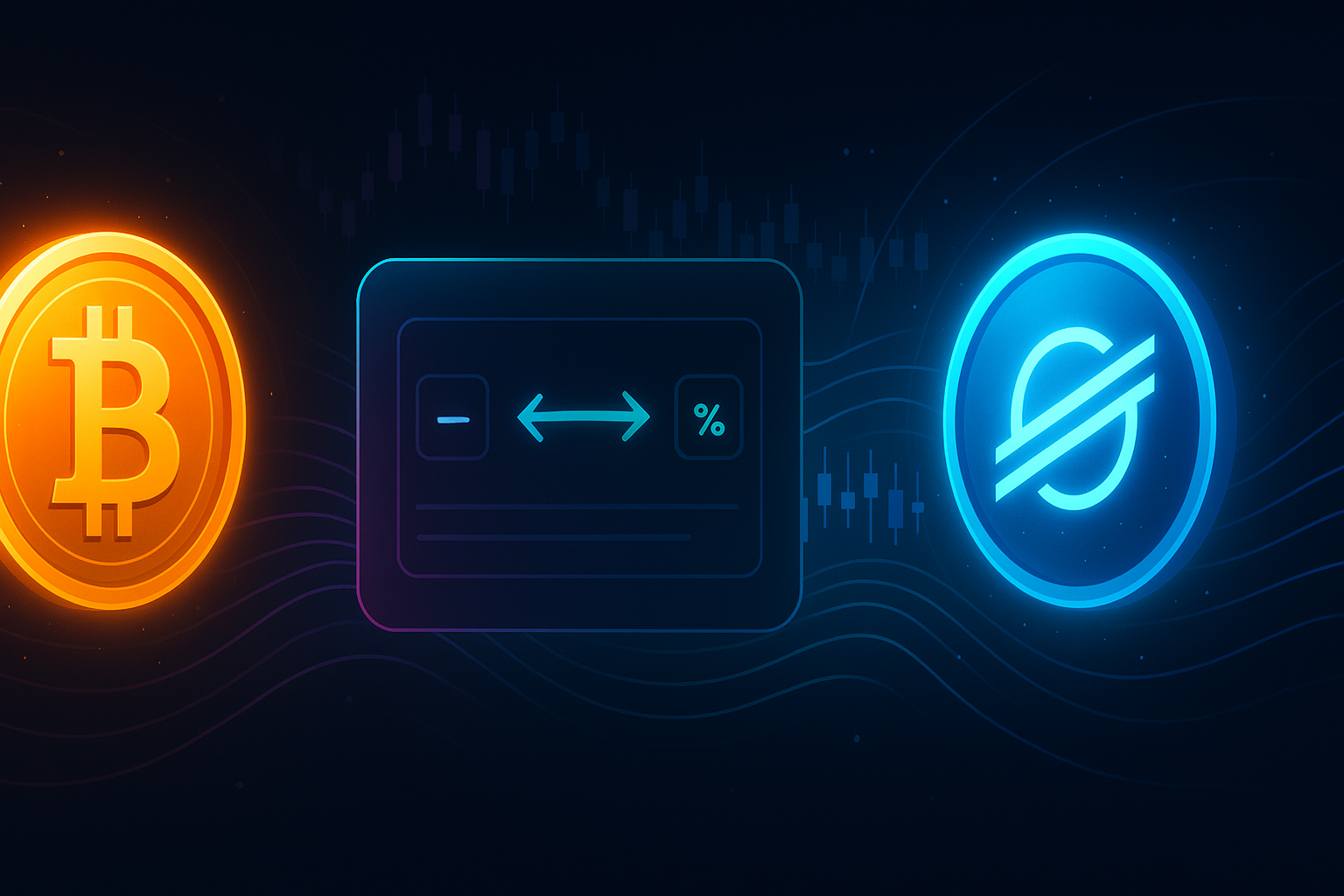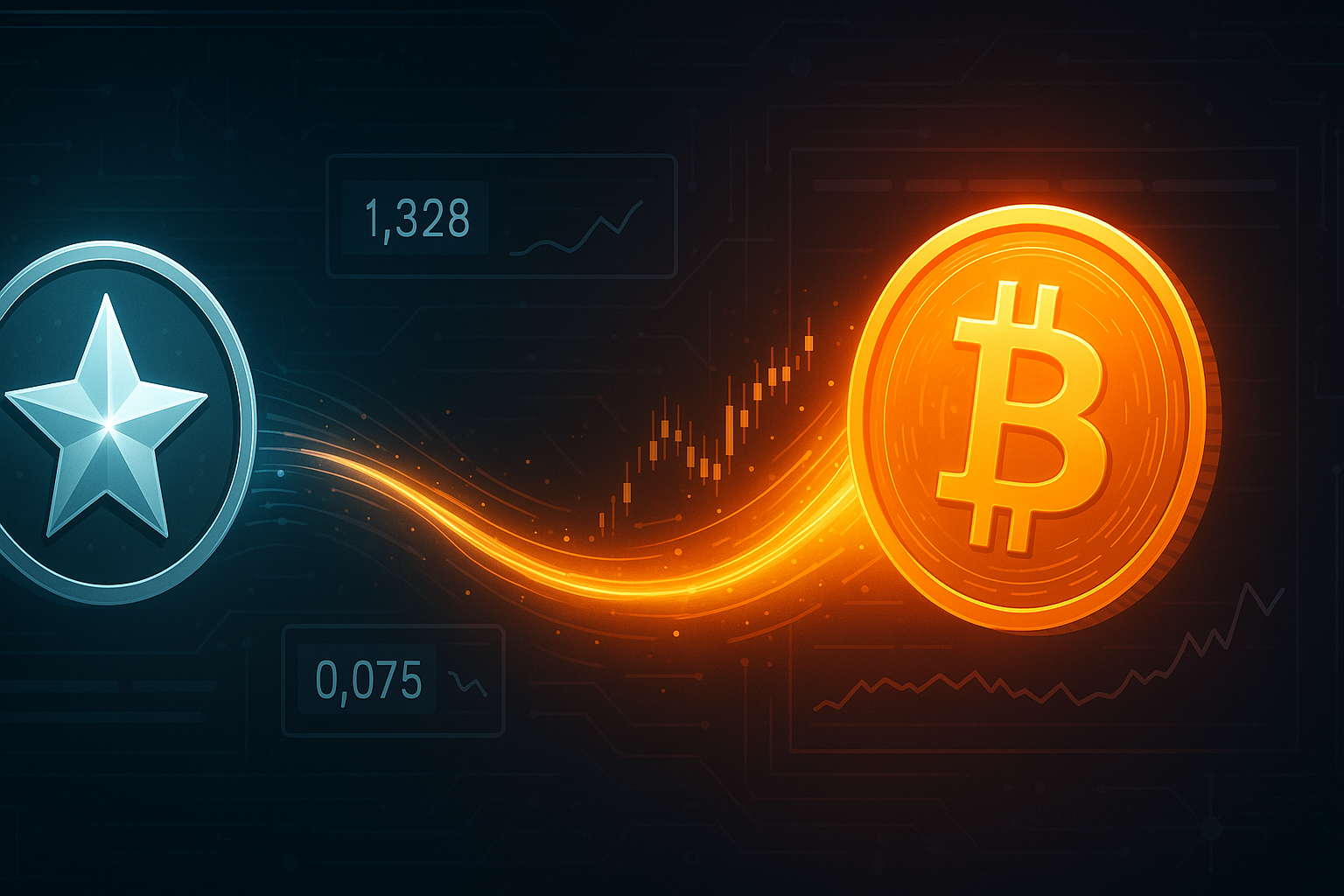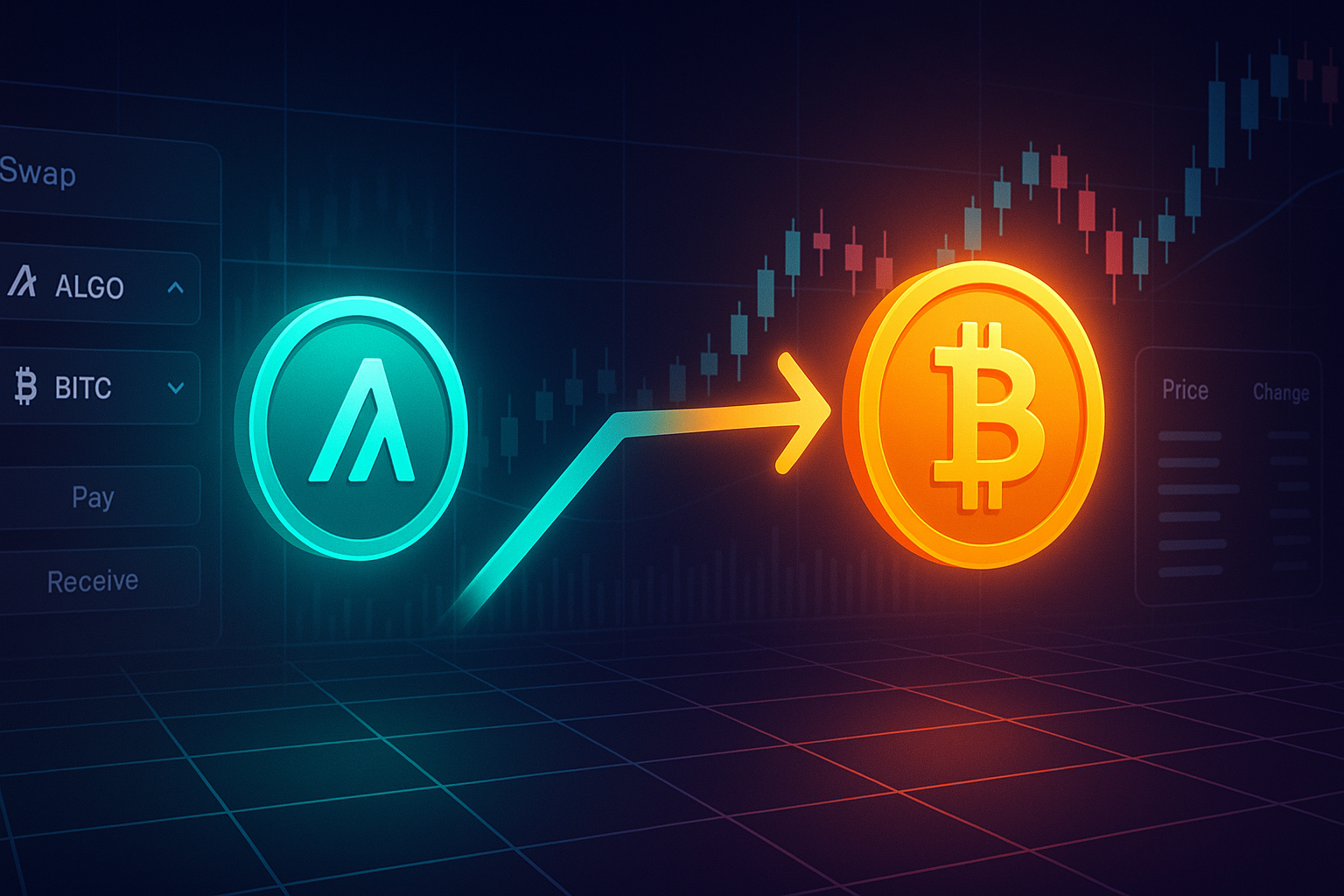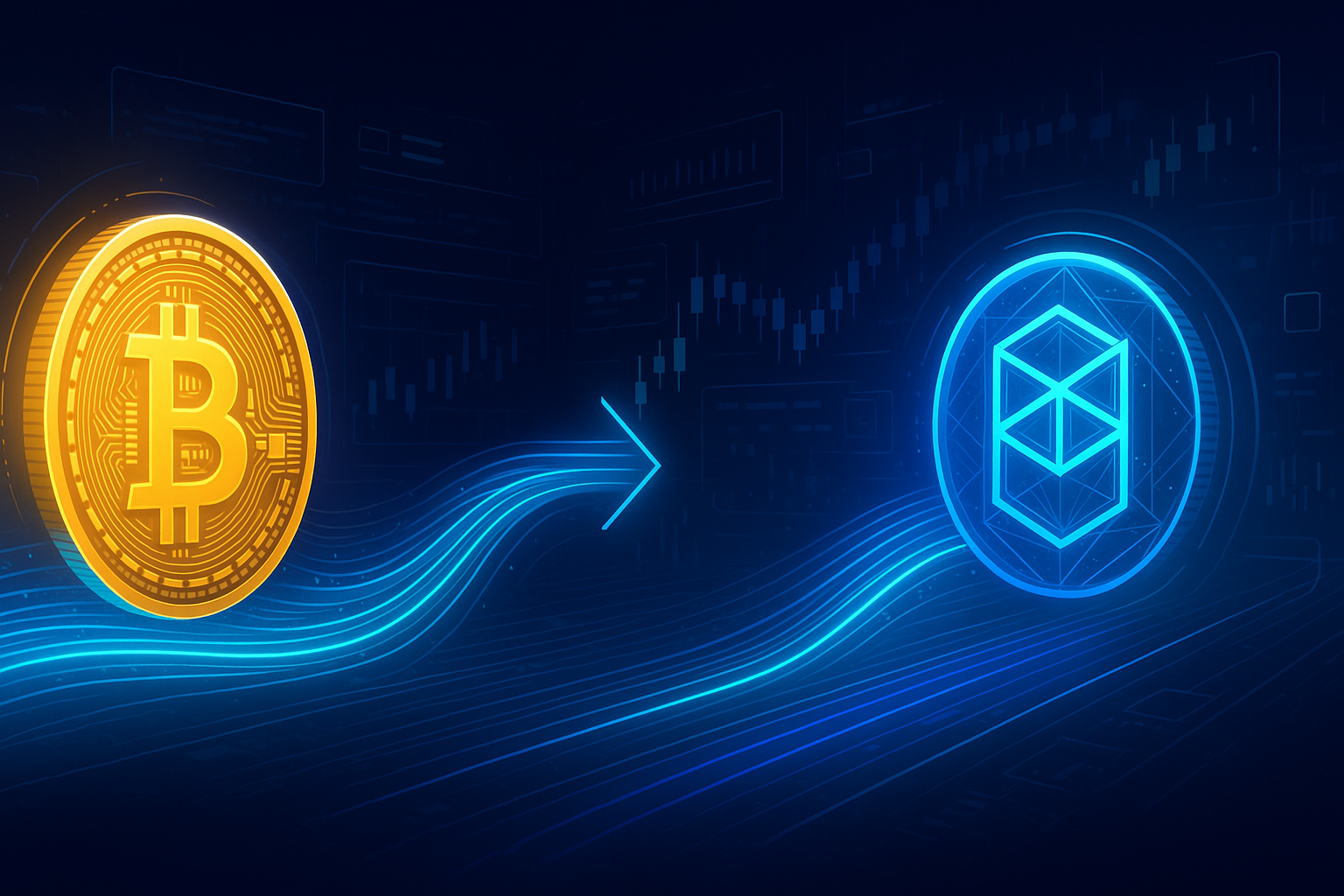Loyalty programs have long been a key part of how businesses keep and reward their customers in the ever-changing world of consumer interaction. But now that blockchain technology is here, a new type of loyalty program has come along: Web3. These new technologies use decentralized networks to give users more power, security, and transparency. This blog goes into detail on the differences between traditional loyalty programs and their best cryptocurrency swap, focusing on how blockchain has changed customer loyalty.
Understanding Traditional Loyalty Programs
For many years, groups have used traditional loyalty applications to hold clients coming returned. Most of the time, those applications work on centralized structures in which users earn benefits or prizes with the aid of making purchases or being attractive to the organization. They may additionally then use these points or awards to get discounts, gadgets, or services. These structures work well; however, they usually have problems such as no longer being clear, having statistics silos, and not being able to work with different brands or platforms. The issuing corporation controls customer data and reward points. This can cause problems like data breaches or programs ending without warning.
The Rise of Web3 Loyalty Programs
Web3 loyalty packages are a step toward decentralized, blockchain-based structures that give users greater manipulate over their incentives. These packages use blockchain generation to provide features that include tokenized rewards, higher security through a crypto anonymous exchange, and more openness in tracking awards. The idea of “true ownership” is one of the best things about Web3 loyalty programs. Blockchain-based tokens are different from regular points since users may own and control them.

Ownership and Control
In traditional systems, businesses are in charge of the reward points, which they may take away or let expire whenever they choose. Web3 loyalty programs, on the other hand, leverage the blockchain era to offer customers ownership in their incentives. This means that the issuing company can’t alter the tokens at will, so the user constantly has control over them.
Transparency and Security
Blockchain’s integrated transparency we could users to see their rewards and transactions in real time which lowers the threat of fraud or mistakes. Blockchain is likewise stronger in that it’s decentralized, which makes it harder to hack or gain into without permission than centralized databases.
User Engagement and Experience
To keep users interested, many Web3 loyalty programs include gamification features like NFTs or tokenized achievements. These interactive aspects can make the experience more personal and fun, which can help companies and customers connect more deeply.

Challenges and Considerations
Even though Web3 loyalty programs provide a lot of potential benefits, there are still certain problems that come with using them. One of the biggest problems is that blockchain technology is hard to understand. People who don’t know what wallets, private keys, or tokens are may find the onboarding process hard. Also, the rules for cryptocurrencies and blockchain apps are still changing, which can make things unclear for both businesses and users. Also, for Web3 loyalty schemes to work, a lot of people need to use them and work together.
Conclusion
Adding blockchain technology to loyalty programs is a big change in how businesses interact with their customers. Ghost Swap loyalty programs could change what it means to be loyal to a brand in the digital era by giving users more autonomy, security, and transparency. The way businesses interact with customers is about to alter a lot as more of them look into and use blockchain-based solutions.

